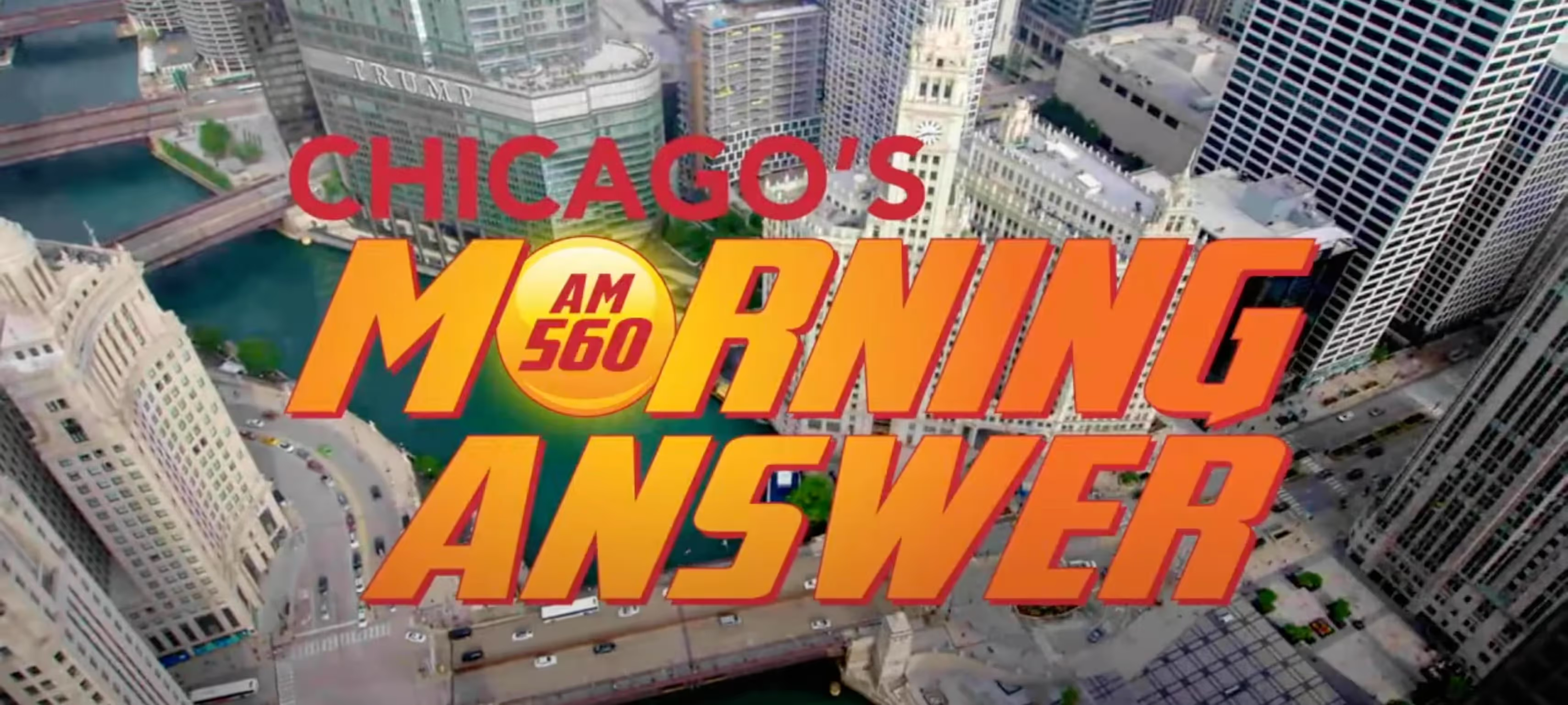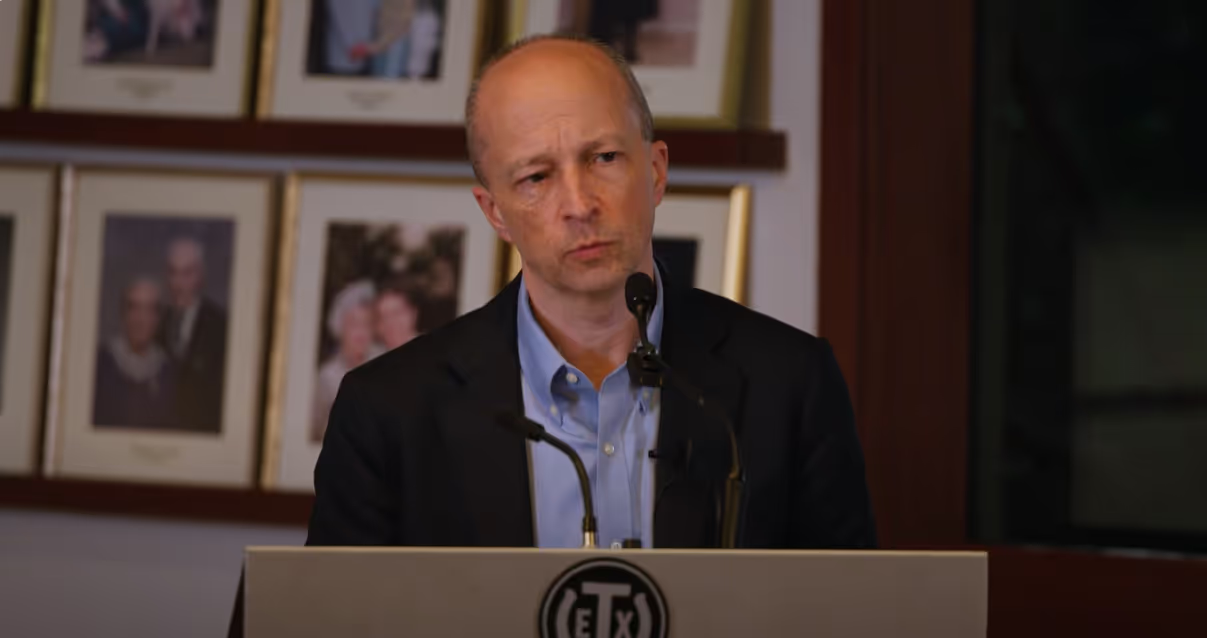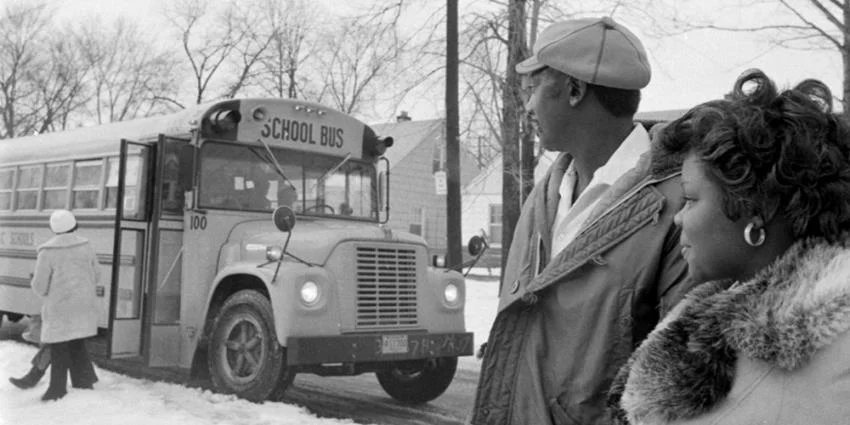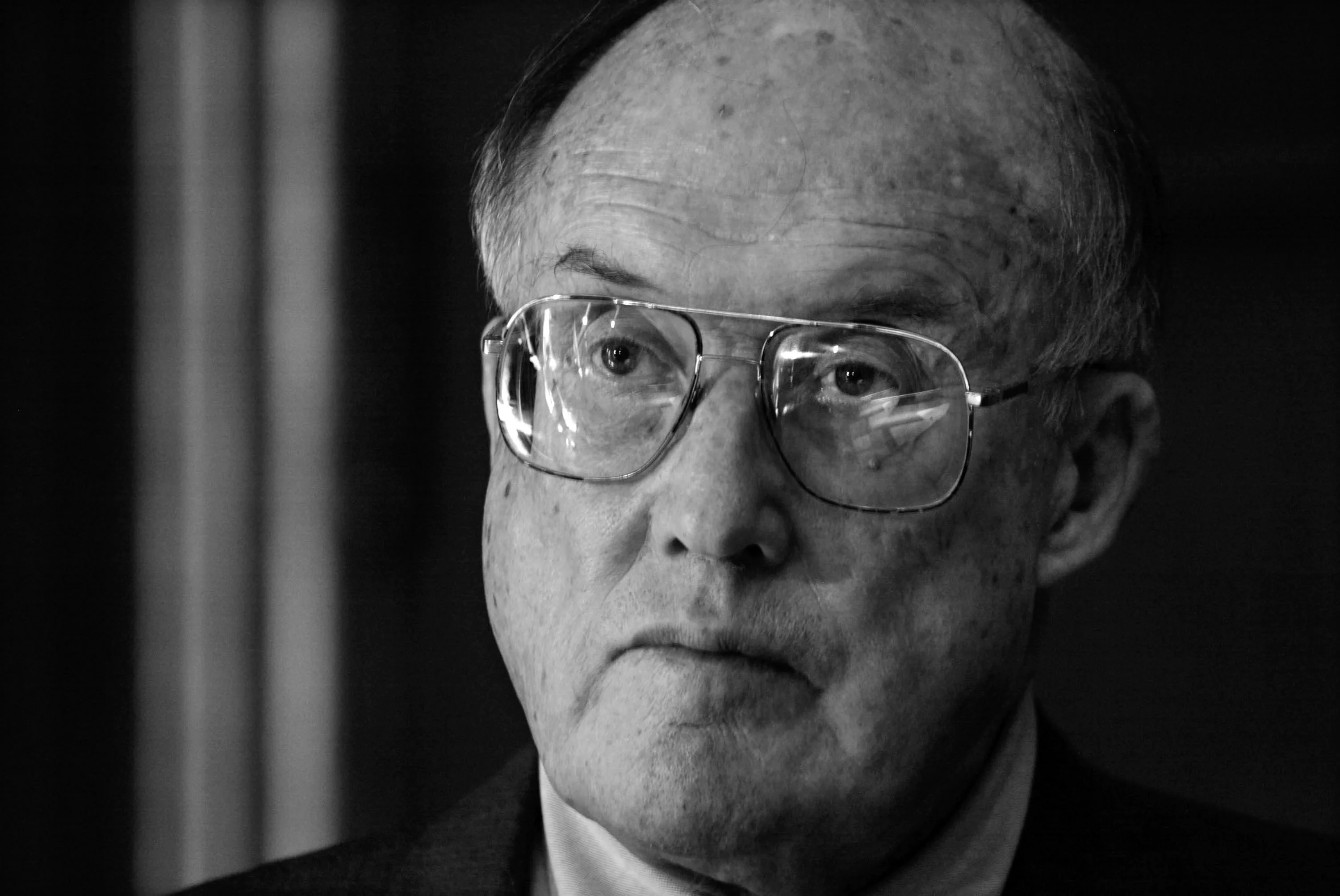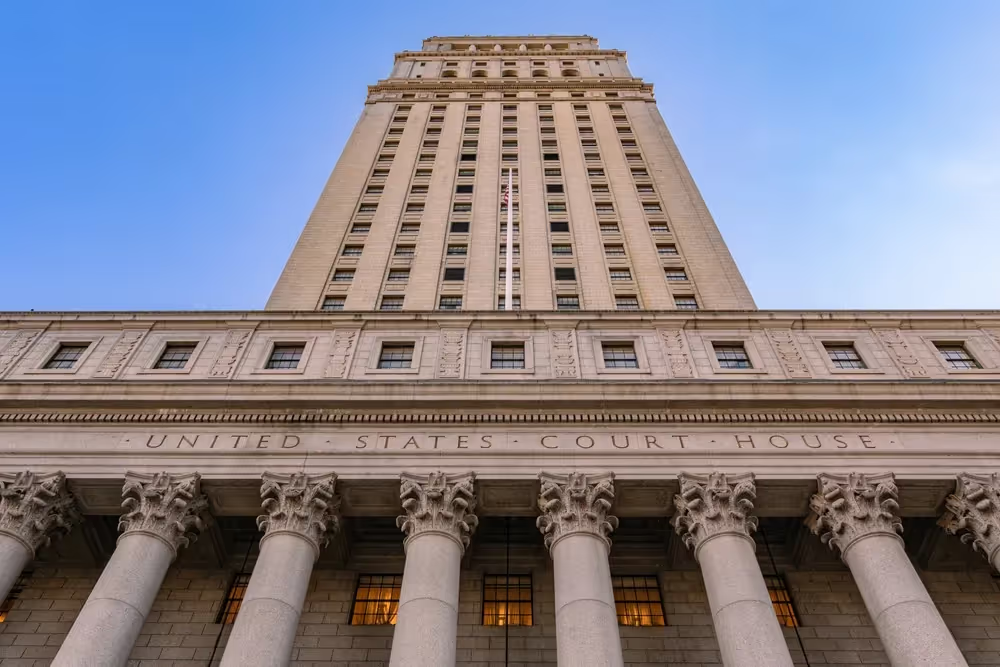
The Struggle for the Shadow Dockets
The proposition that an interim decision does not bind the court that issued it has been widely accepted until a recent fight in the U.S. Court of Appeals for the Second Circuit.
There is a great deal of (sometimes overheated) commentary about the U.S. Supreme Court’s "shadow," "emergency," or now "interim" docket. And I say that as someone who — representing Texas — found myself on the losing end of a significant emergency application involving the border. What’s more, I believe Texas would have prevailed had the issue come to the Supreme Court on its regular docket. So I understand why people are concerned about the emergency docket: mistakes are more likely when the Court moves quickly.
Even so, critics sometimes overlook that some crucial issues must be decided quickly while litigation proceeds. In such cases, the Supreme Court cannot use its ordinary process because that process takes too long and is too resource heavy. Like many hard problems, the emergency docket involves tradeoffs.
Because the emergency docket is not designed to provide the Supreme Court's final word on a legal dispute, an important — albeit technica — question arises: What is the precedential status of interim orders made by the Supreme Court on the emergency docket? The Supreme Court has made clear that lower courts must follow its interim orders if similar issues arise in new cases. While this principle can sometimes raise questions about what counts as similar, it is a waste of everyone's time (and antithetical to a hierarchical appellate system) when the issues are sufficiently similar for a lower court to issue an order that prompts the Supreme Court to make the same interim decision twice.
But as to the Supreme Court itself, what precedential weight, if any, should an interim decision have? The answer should be none. Because the justices decided quickly and without the whole process, they should be free to revisit the decision later through the ordinary process without bias. In fact, although this defense has critics, one argument against issuing written opinions in connection with interim decisions is to prevent a lock-in effect. The worry is that once the Supreme Court has written its reasons down, it may be harder for the Court to reverse itself later, effectively making the Court’s initial thinking its final thinking. Similarly, because the Court acts by majority decision, a written opinion often reflects input from at least five justices — yet combining those views can be a lengthy, iterative process. So, although five justices may (tentatively) agree with the outcome for an interim decision, it may not be possible for the Court’s majority, acting quickly, to issue a written explanation for that decision.
Whether such concerns are sufficient to justify even an interim decision without a written explanation is a difficult question that may not have a one-size-fits-all answer. But the general point that interim decisions should not bind the Supreme Court later, once it has the time to go through its full process, still stands. An interim decision should be just that — interim.
Until recently, the proposition that an interim decision does not bind the court that issued it was widely accepted. A fight in the U.S. Court of Appeals for the Second Circuit, however, illustrates that perhaps not everyone agrees. Be warned: What is about to come next is technical. Nevertheless, this disagreement is worth considering because the subject of interim decisions is technical yet important. In fact, understanding this subject’s technical aspects is necessary to assess how significant interim decisions are — and sometimes are not.
In a case called Öztürk v. Hyde, the en banc Second Circuit declined to rehear two decisions in which a motions panel — not a merits panel — upheld the use of habeas corpus to challenge immigration removal proceedings. A merits panel will resolve the same question following full briefing and argument. For those not steeped in appellate procedure, a motions panel on a federal court of appeals can be somewhat akin to the U.S. Supreme Court’s emergency docket. A critical function of a motions panel is to make interim decisions about an appeal, such as whether the district court’s decision should be stayed pending resolution of the appeal by a merits panel. Motions panels often act without oral argument.
In Öztürk, the federal government petitioned for rehearing en banc, unsuccessfully. Yet, in denying rehearing, a good chunk of the Second Circuit wrote or joined opinions respecting that denial. Of note here, Judge Steven Menashi wrote a thoughtful concurrence that explains, in his view, why the motion panel's decision was wrong, but also more generally addresses the relationship between motions panels and merits panels. In so doing, he borrowed from thinking about the Supreme Court's emergency docket. For example, he explained that:
[W]hen a motions panel decides to grant or to deny a stay pending appeal, it decides whether to preserve the status quo ante based on a prediction of what the merits panel will decide. It is making a predictive judgment rather than a law-declaring one. Denying those predictive judgments binding effect not only respects the nature of the decisions but also prevents the shadow docket from overtaking our normal appellate procedures. ... Treating the stay decisions as having conclusively resolved the legal questions would not merely create the risk of prejudgment; it would institutionalize prejudgment by binding future panels to the prediction made in the course of evaluating a motion for a stay. That is the wrong approach.
Because he does not think that decisions by motions panels bind later decisions by merits panels, Judge Menashi did not think rehearing en banc was necessary. The merits panel will resolve the case and issue its decision. At that point, depending on what the merits panel says, the other judges of the Second Circuit can decide whether en banc rehearing is warranted, or the losing party can determine whether to seek certiorari review from the Supreme Court.
By contrast, a separate concurrence — also thoughtful, this one written by Judge Alison Nathan — sharply disagreed with Judge Menashi. Judge Nathan suggested that motions panel decisions respecting stays can have precedential effect for other panels of the Second Circuit, at least until a merits panel reaches a decision:
If the stay opinions are indeed precedential, that is most likely so only in the interim between now and when the merits panel resolves the appeal, taking into account whatever law of the case deference it deems appropriate.
Yet she also acknowledged that if a motions panel’s decision is precedential, then in cases where a matter becomes moot before the merits panel can decide it, the motions panel’s decision sometimes may continue to govern the issue as precedent. As she put it, in such cases courts should "balance the burdens of preclusive-but-unreviewed judgments against the public benefits that flow from published precedents." In support of her view (which, to her credit, she noted was tentative), Judge Nathan cited various Second Circuit cases. Judge Menashi disagreed with her reading of those cases.
My goal here is not to say who reads the Second Circuit's cases better. Instead, the question, it seems to me, is what rule is the correct conceptually. If the Second Circuit (or any court) has precedent that gives weight to interim decisions that would bind the issuing court, such precedent itself can be addressed through the en banc process. So, which rule is better?
Conceptually, Judge Menashi's analysis is correct. As he put it:
The other concurrence simultaneously suggests that (1) it is 'not worthy of en banc review' to reconsider the decision of a motions panel on a stay pending appeal, and (2) the decision of the motions panel might bind every future merits panel to which the same legal issues are presented. Those propositions cannot both be true.
Given the rise of emergency applications, it is not surprising that the public has questions. Nor should anyone be surprised that interim decisions prompt strong reactions, mainly because they sometimes can be quite important in the real world. But the issue of whether and under what circumstances such decisions are appropriate is inextricably tied to technical questions about how interim decisions work and what effects they have. Although technical, a rule that interim decisions — reflecting the rushed circumstances in which they are often issued — do not bind the issuing court should, at least sometimes, make the debate less pressing. Judge Menashi’s analysis thus provides a good place to start thinking through these issues.
Aaron L. Nielson is a senior fellow at the Civitas Institute and holds the Charles I. Francis Professorship in Law at the University of Texas at Austin School of Law.
Constitutionalism
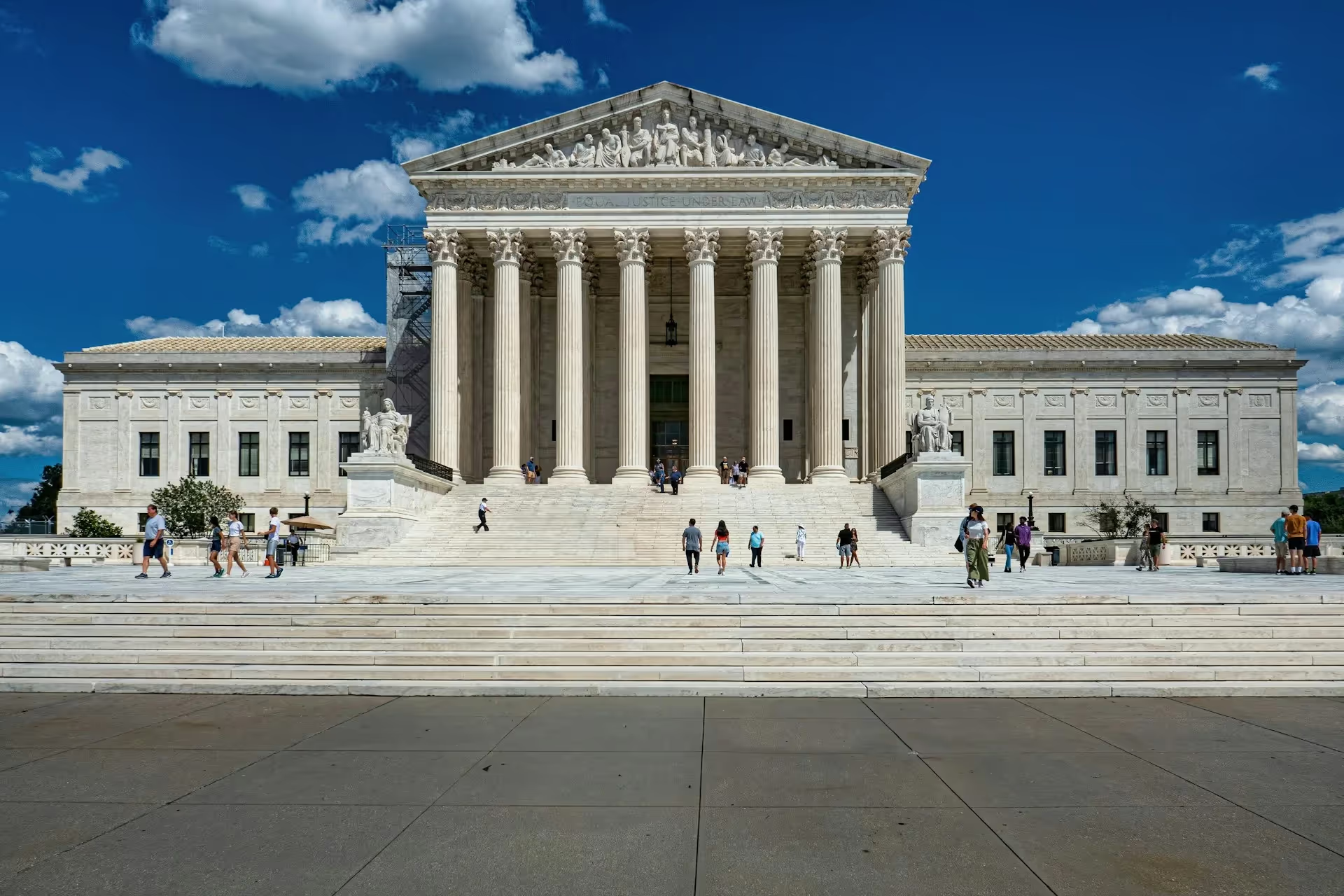
Amicus Brief: Hon. William P. Barr and Hon. Michael B. Mukasey in Support of Petitioners
Former AGs Barr and Mukasey Cite Civitas in a SCOTUS Brief

Rational Judicial Review: Constitutions as Power-sharing Agreements, Secession, and the Problem of Dred Scott
Judicial review and originalism serve as valuable commitment mechanisms to enforce future compliance with a political bargain.
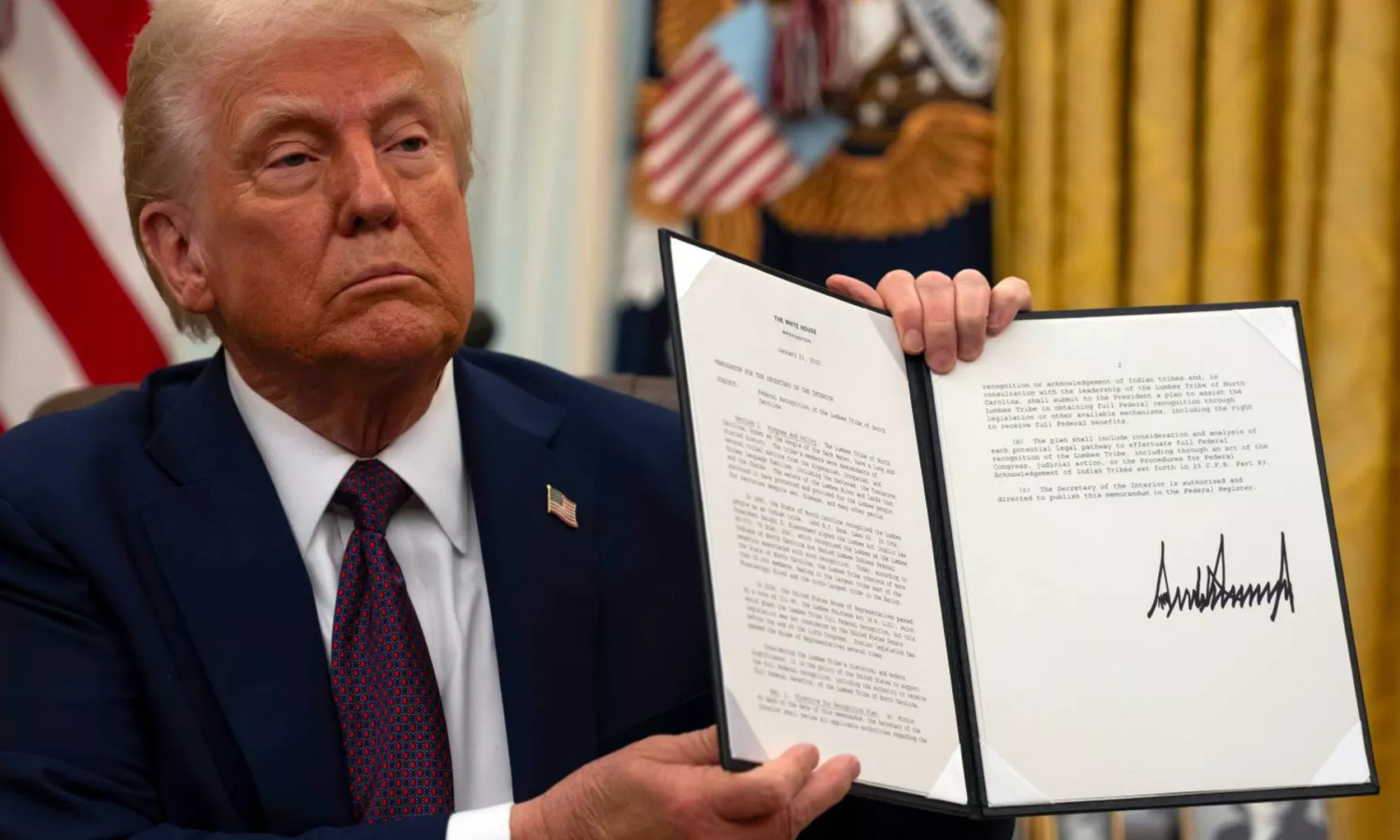
Supreme Court showdown exposes shaky case against birthright citizenship
Supreme Court will hear challenges to Trump's order ending birthright citizenship, testing the 14th Amendment's guarantee for babies born in America.

Obamacare Should No Longer be SCOTUScare
Whatever one makes of the Supreme Court’s “why bother” attitude to its prior statutory rulings, Republican leaders in Congress should accept the invitation to provide a legal fix to Obamacare.
.webp)
Chadha’s Mistakes and the Diminished Congress
The Chadha decision fueled the executive ascendancy that Chevron soon cemented, leaving Congress weakened in its wake.


.avif)

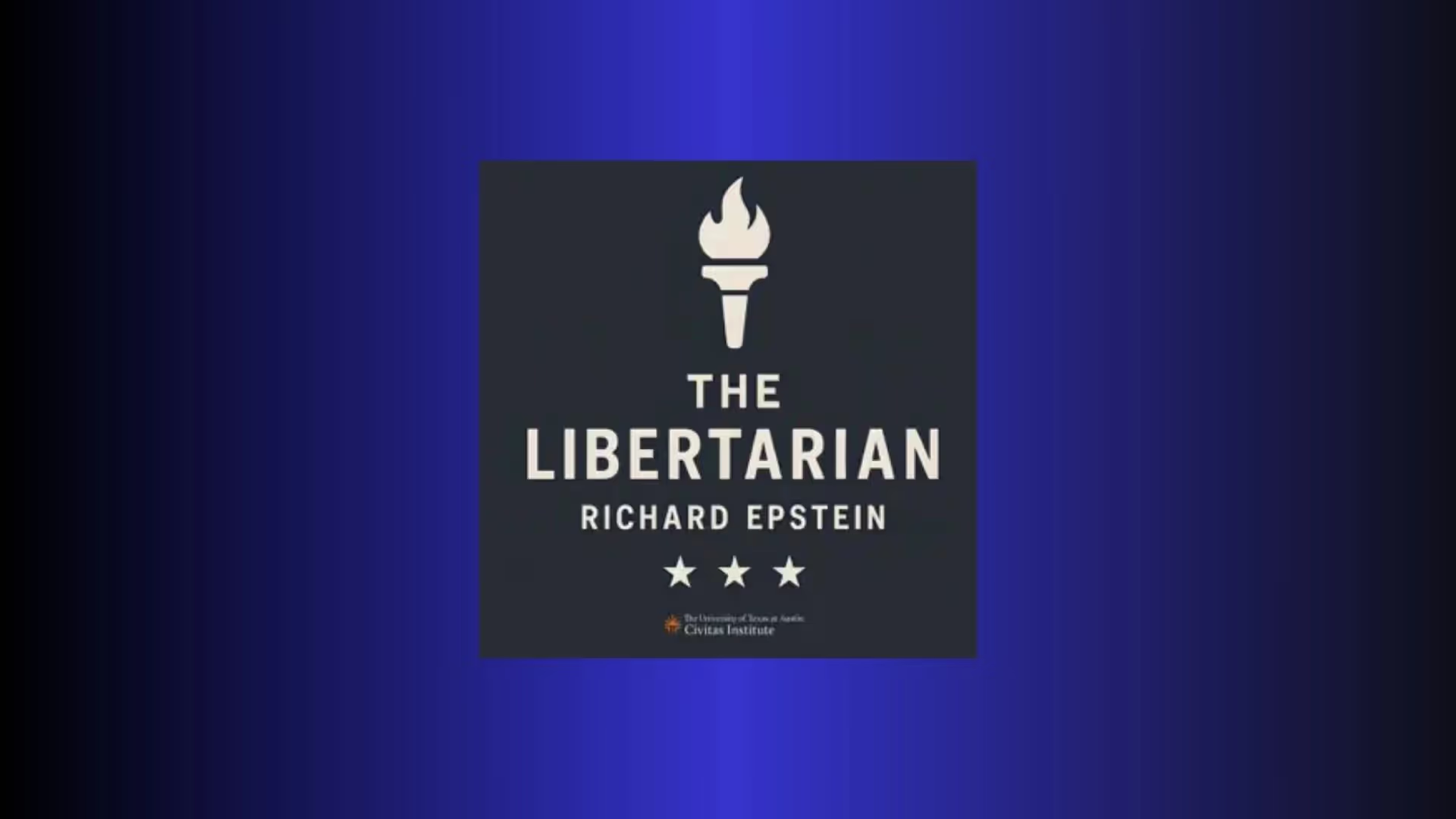
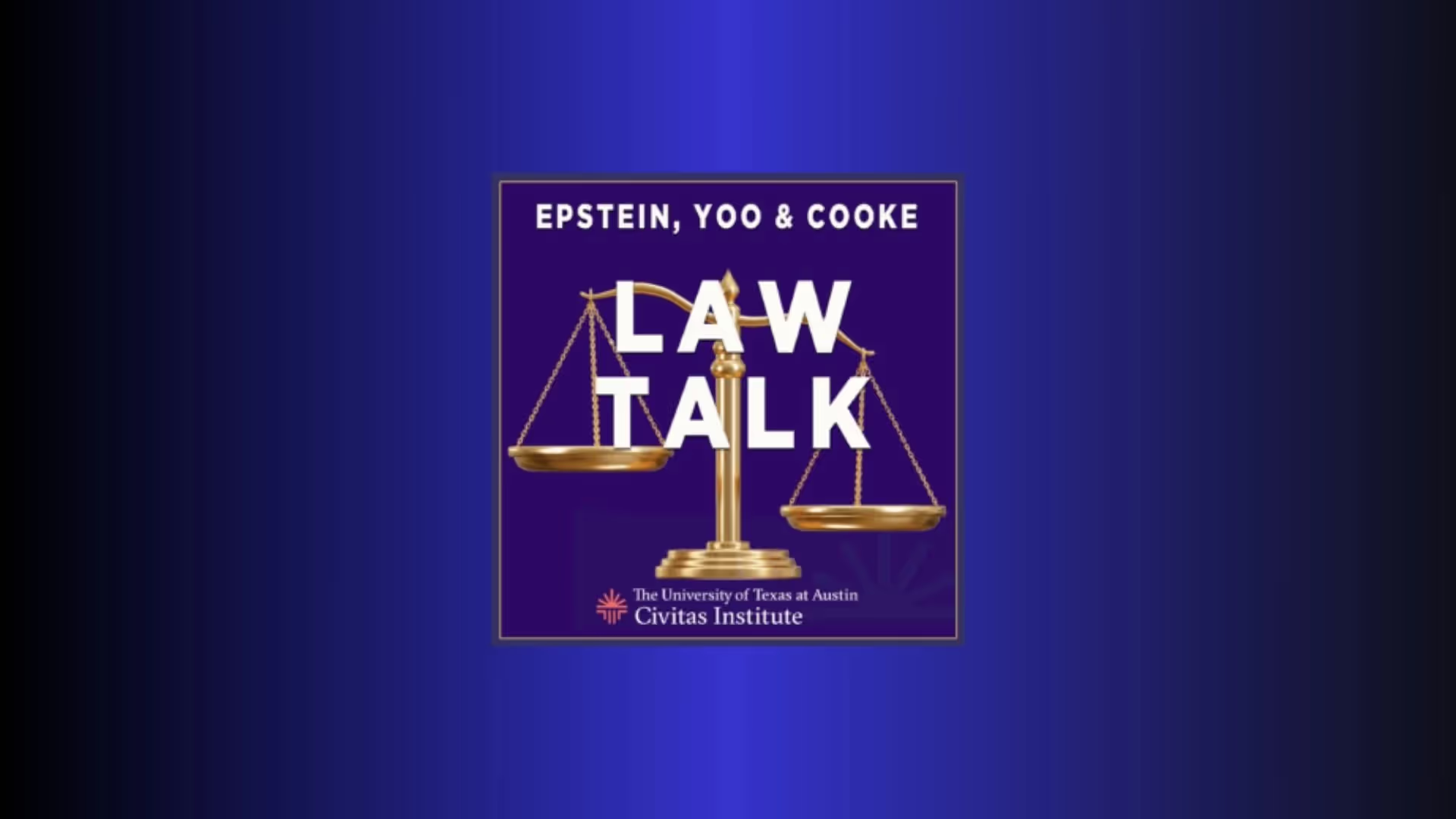




.avif)
.avif)
